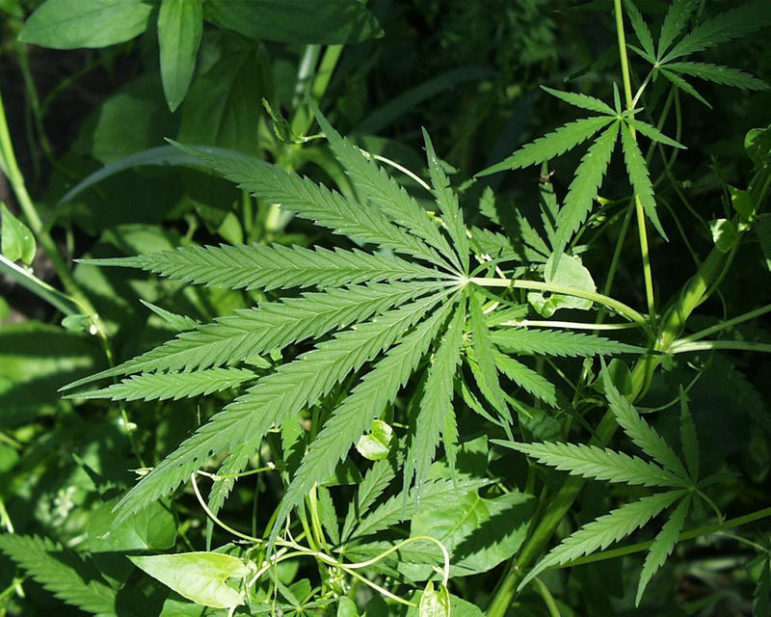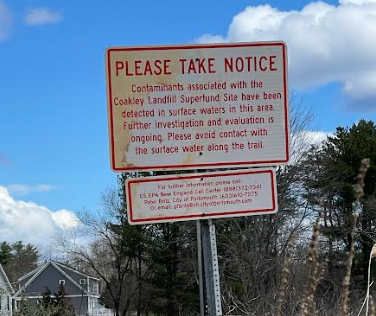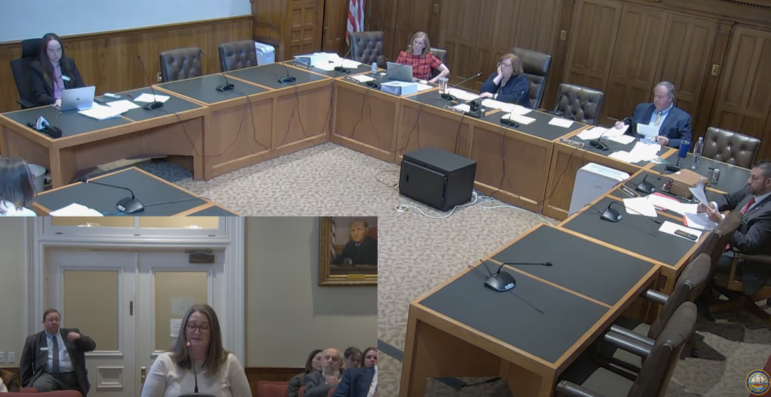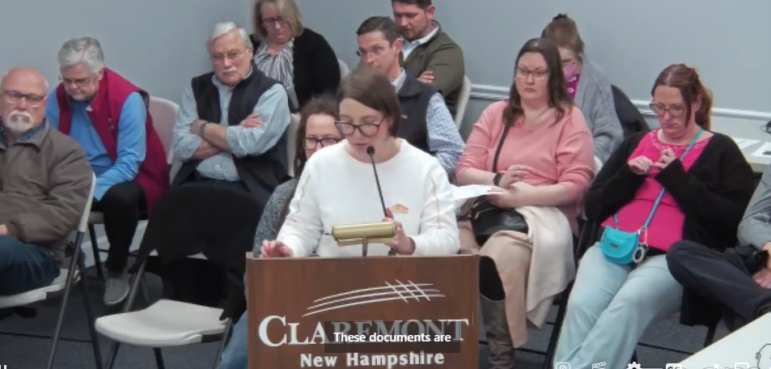Don’t forget to sign up for InDepthNH.org free weekly newsletter every Friday here.
By Mark Okrant
NH Travel Guru
During the past several weeks, we have devoted a considerable share of our media consumption to weather forecasts examining hurricanes Harvey and Irma. As we have looked on breathlessly, meteorologists informed us about the latest projection of the respective storms’ progress and likely damage zones.
I preface the following column by stating that I have the greatest respect for the field of meteorology. Graduates of those academic programs must complete an incredibly challenging body of coursework, one that necessitates intelligence and application.
Doubtlessly, predicting weather must be credited with saving countless lives. But, what is this phenomenon called forecasting, and why discuss it in a NH Travel Guru column? Merriam-Webster defines a forecast as a ‘calculation or prediction of some future condition, usually after analyzing a great amount of pertinent data’.

Mark Okrant, the NH Travel Guru
It may be surprising to learn that the Babylonians attempted to predict the weather as early as 650 BC, using cloud formations and astrology. The modern age of weather forecasting dates to 1835, and was a byproduct of the invention of the telegraph. You probably aren’t surprised to learn that the armed services adopted weather forecasting posthaste.
For the consuming public, the first daily weather forecasts were published in The (London) Times, in August 1861. In the U.S., public radio forecasts first appeared in 1925, on WEEI in Boston, while television broadcasts began in earnest following World War II. Satellite imagery, computer modeling, and stations devoted entirely to the forecasting of weather all made their appearance during the twentieth century.
Meteorologists have ridden the current media wave. Radio, television, and the Internet are awash with efforts to forecast the weather as much as ten days into the future. This is where science and the travel industry clash.
If we learned anything during the last several weeks, it is that weather conditions can turn on a dime. Variations in tides, sea depth, elevation, surface conditions, etc., can initiate a sudden change in local weather situations.
In an effort to capture and retain large viewing audiences, weather broadcasts use amazing graphics and on-site reporting designed to dramatize the science. One can imagine the following fictional dialogue among station meteorologists: “Oh no, there’s no threat of rain for at least four days. What are we going to do to keep viewers interested?”
Many will argue: “Come on, Guru, they’re just doing their job.” To this justification, I offer in evidence the nearly ubiquitous brand, “Storm Watch.” Please don’t try to tell me that this is the old reliable weather forecast that was tacked at the end of the news and sports during the 1950s and sixties.
The question one must ask is: who is really being served by a dramatic forecast about a rainstorm on the horizon? I ask our meteorology friends to consider the consequences. When the long term forecast is for stormy conditions, what is the likely response of the day-tripper, weekend visitor, and vacationer? The simple answer is that each begins to question the wisdom of engaging in leisure travel, thus cancelling reservations and changing travel plans.
Please do not misunderstand my intent . . . if every forecast were foolproof, this service would be a positive contribution for the welfare of leisure travelers and the businesses that serve them. Because it is not, there are social and economic consequences that accompany sensationalizing the weather.
So, what is a media outlet to do? Perhaps it is time that meteorologists adopt a strategy similar to the following:
Rather than focus on forecasting, place the emphasis on what the World Meteorological Organization terms ‘Nowcasting’. Nowcasting consists of a weather projection within the next two to six hours. In this way, sunny days, popup showers, and thunderstorms can be predicted with much greater accuracy.
Have a perceptible disclaimer, similar to the Surgeon General’s message on a pack of cigarettes, that accompanies each forecast. It could look something like this: “The preceding/following long-range weather forecast is based upon the best information we have currently. It has a 65 percent statistical probability of accuracy. Please check future updates before finalizing your travel plans.”
Next week, this column will address the subject of travel forecasting.
After forty years as an educator, researcher, and consultant, Mark Okrant joined IndepthNH.org to offer concise, informative insight into New Hampshire’s travel and tourism industry as a business, while showcasing the people and places you want to know. This guy’s really been around. And, he’s funny, too.
For more about Mark’s compelling tourism-based murder mystery series, 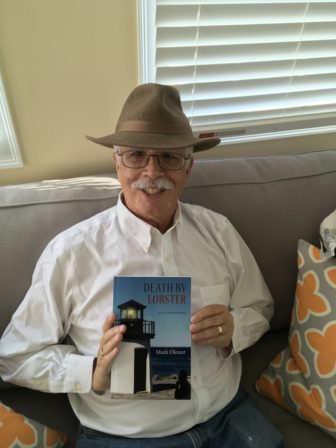 Mark Okrant, NH Travel Guru is pictured with his latest book.[/caption]
Mark Okrant, NH Travel Guru is pictured with his latest book.[/caption]

